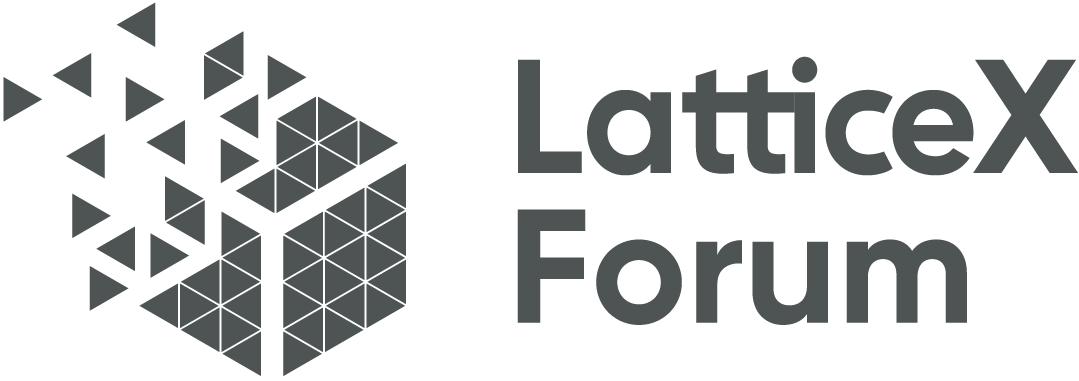Decentralized scheduling
The underlying network of Layer2 implements the RELOAD protocol, where data nodes and computing nodes are connected through the P2P protocol, and the RELOAD resource discovery protocol is used to publish, discover, locate, and schedule data and computing resources.
RELOAD is a low-level network protocol designed for distributed systems, typically used to support decentralized applications (DApps) running on the blockchain. When discussing Layer2 solutions, the RELOAD protocol may be used to build a second layer extension solution to handle large-scale data transmission and computing tasks, thereby alleviating network congestion issues in the original blockchain (such as Ethereum).
In the context of the RELOAD protocol, the concepts of data nodes and computing nodes can be understood as follows:
-
Data Nodes: These are nodes that store data in the Layer2 network. They are connected to each other through P2P (Peer to Peer) protocol, forming a distributed storage network. The data node is responsible for storing data and providing the required data fragments based on the request of the computing node.
-
Calculation Nodes: These nodes are responsible for executing smart contract calculations and processing business logic. They are also connected to data nodes and other computing nodes through P2P protocol. Computational nodes can perform tasks such as transaction verification, status updates, etc., and store the results on data nodes.
The RELOAD protocol implements the functions of resource discovery, publishing, discovery, localization, and scheduling in such a decentralized network, which can be decomposed into the following steps:
-
Resource publishing: Computing nodes and data nodes can publish their available resources (such as storage space and computing power) through the RELOAD protocol, allowing other nodes in the network to know the existence of these resources.
-
Resource discovery: Other nodes in the network can query the directory services provided by the RELOAD protocol to discover resources that meet specific needs. For example, a DApp that needs to store a large amount of data can query the available data nodes in the network.
-
Resource localization: Once available resources are discovered, the protocol can help locate specific nodes. This involves parsing the node addresses in the network and ensuring that data is sent to the correct nodes.
-
Resource scheduling: The RELOAD protocol is also responsible for scheduling resources, ensuring that computing tasks are reasonably allocated to nodes in the network with corresponding computing capabilities. Similarly, data storage and retrieval tasks are also scheduled to the optimal data nodes.
To ensure the efficiency and security of the entire system, the RELOAD protocol may also include the following features:
-
Fault tolerance mechanism: Ensure that nodes in the network can quickly recover even if they fail, or can reroute data and tasks in case of problems.
-
Data consistency: Ensure consistency of data stored on different nodes through distributed protocols to prevent data loss or damage.
-
Equity incentives: Encourage nodes to participate in the network through economic incentive mechanisms, maintain network decentralization, and ensure the continuous availability of network resources.
